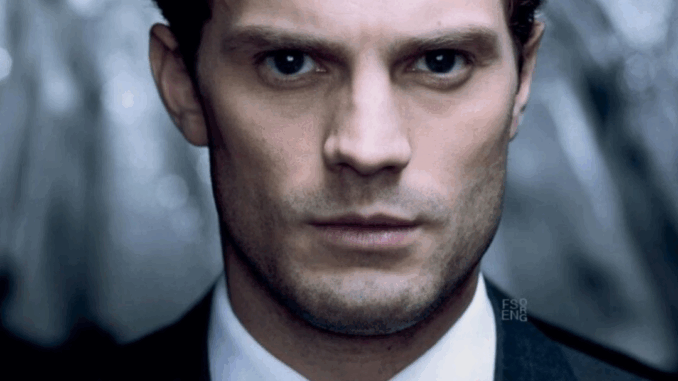
Adapting Fifty Shades of Grey from a bestselling novel into a blockbuster film was no easy feat. The book, originally written as Twilight fan fiction by E.L. James, became a global phenomenon—yet transforming it into a cinematic experience brought a host of challenges, controversies, and creative clashes.
Universal Pictures won the rights to the novel in a fierce bidding war, knowing it had a potential hit on its hands. But turning such an intimate, internal story into visual storytelling required delicate handling. Director Sam Taylor-Johnson took on the task, bringing an artful, minimalist style that attempted to elevate the material beyond erotic cliché.

The biggest hurdle? Balancing the raw sexuality of the book with Hollywood standards—and ensuring it was tasteful, not exploitative. Even more difficult was the dynamic between E.L. James and the filmmakers. James had strong opinions about how the story should be portrayed, leading to reports of tension on set, especially around how explicit the scenes should be.
Casting was another drama. Charlie Hunnam was originally cast as Christian Grey but dropped out, leading to Jamie Dornan stepping in. Fans were skeptical, but Dornan’s performance ultimately won over much of the audience. Dakota Johnson, relatively unknown at the time, transformed Ana into a fully realized character, surprising critics and fans alike.
Despite mixed reviews, the film was a box-office success, grossing over $500 million worldwide. It proved that adult-themed films could succeed commercially if marketed right. Fifty Shades didn’t just make headlines—it changed the conversation about what mainstream cinema is allowed to show, and say
